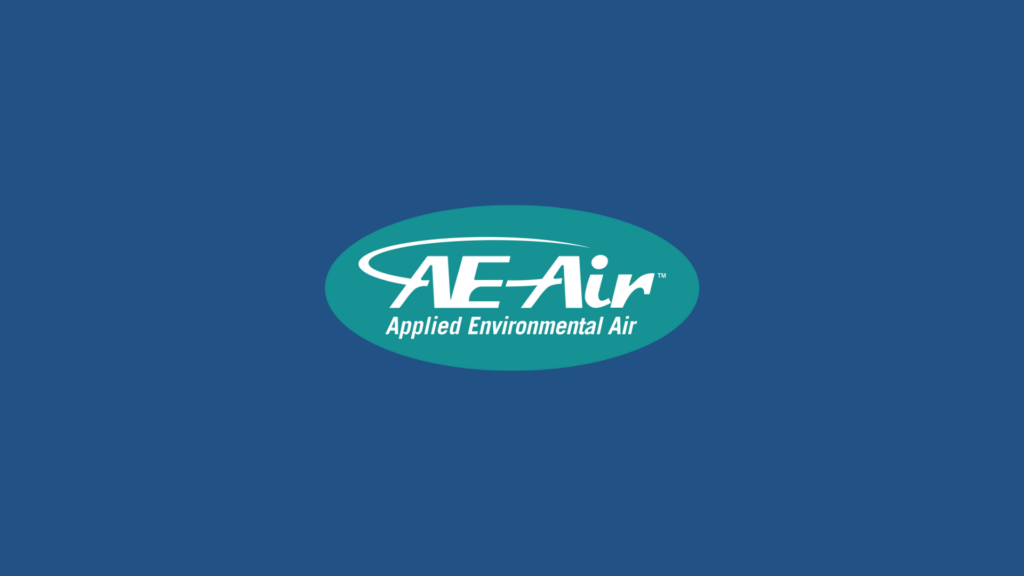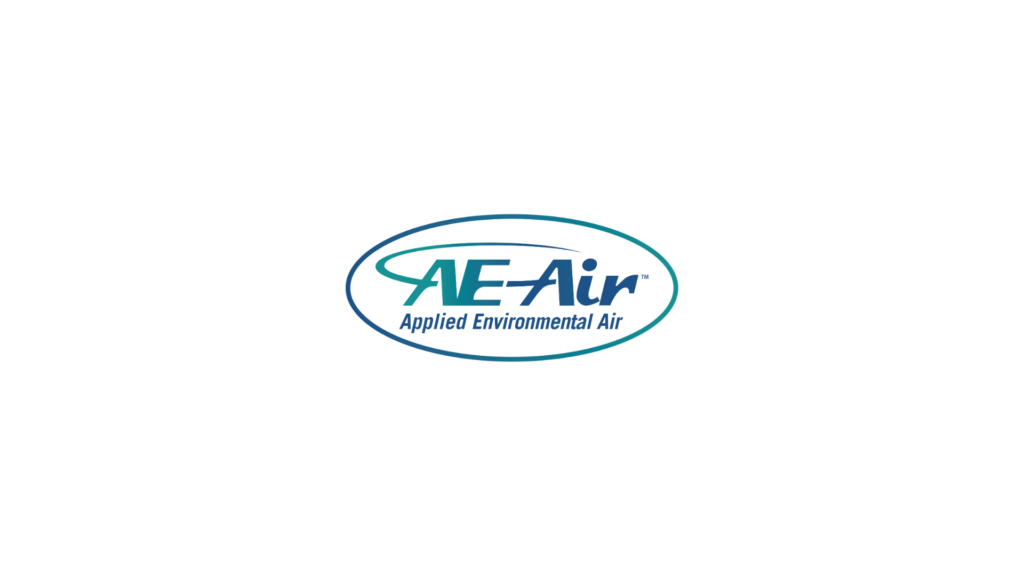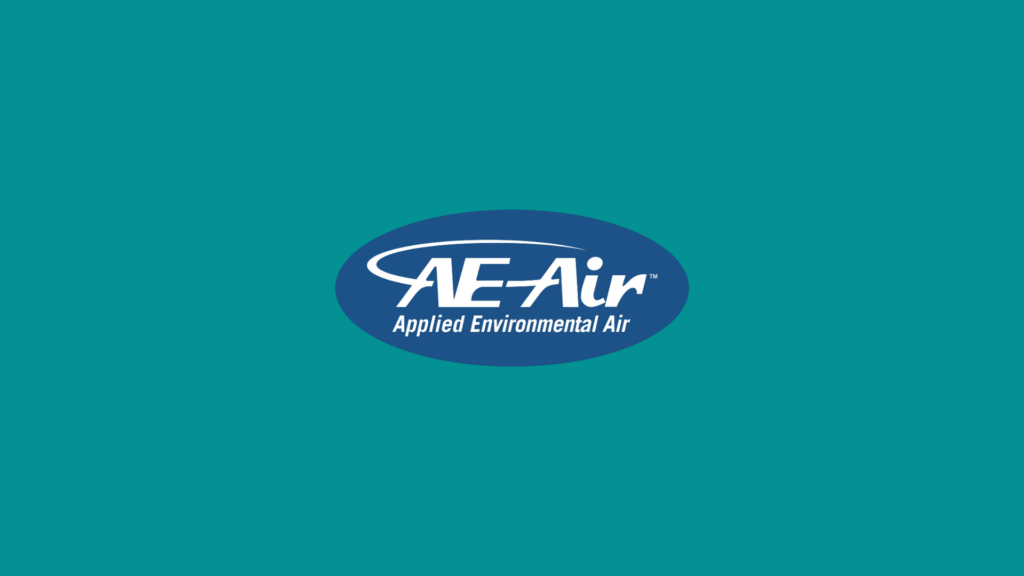Heating, Ventilation, and Air Conditioning (HVAC) systems play an important role in managing indoor environments, offering comfort and efficient temperature regulation. Whether it’s a large skyscraper or a smaller commercial facility, having a reliable HVAC system ensures that spaces remain habitable and energy-efficient. However, not every space is created equal. This is where multi-position systems come in, offering businesses and development projects the opportunity to customize solutions to meet unique spatial needs.
Multi-position systems have gained traction among developers and engineers seeking adaptable HVAC solutions. Unlike more rigid models, these systems offer flexibility in installation, making them a preferred choice in settings where architectural constraints might pose a challenge.
Their ability to adapt to vertical, horizontal, and various other configurations allows for a tailored installation process, ensuring optimal performance across different building designs. As developers look for ways to integrate seamless and effective systems, multi-position HVACs stand as a forward-thinking option worth considering.
What Are Multi-Position HVAC Systems?
Understanding multi-position HVAC systems starts with recognizing their unique adaptability. These systems are designed to fit into a variety of different installation configurations, such as vertical or horizontal positions. This flexibility makes them stand out from traditional units that usually require a specific orientation, often making installation a time-consuming challenge.
Here’s how multi-position systems vary from traditional HVACs:
1. Installation Flexibility: Traditional systems often require specific conditions and orientations for installation. Multi-position systems break this mold by allowing for versatile placements that can adapt to unique building layouts.
2. Space Optimization: Places with limited space, such as basements or tight closets, benefit immensely from the compact and adaptable nature of multi-position units.
3. Ease of Configuration: Adjustments and modifications during the installation process are significantly easier with these systems, reducing labor hours and enhancing setup efficiency.
These features demonstrate why multi-position HVAC systems are appealing, as they align with modern demands for efficiency and adaptability in building projects. HVAC operations aren’t just about cooling or heating a space; they’re about integrating seamlessly into a facility’s layout without imposing on the existing architecture or functionality.
Advantages of Multi-Position Systems for Custom HVAC Solutions
Multi-position systems have distinct advantages that make them particularly suited for custom HVAC solutions:
Flexibility in Installation:
– Whether vertical or horizontal, these systems adapt to any configuration. This is ideal for areas with tight corners or irregular spaces, allowing a seamless fit without the need for structural alterations.
Enhanced Efficiency:
– These systems optimize energy use, often resulting in reduced operational costs. By fitting perfectly into their designated spaces, they ensure proper air distribution without straining the system.
Improved Comfort Control:
– Multi-position systems offer better airflow and temperature management. This results in customized comfort settings, perfect for maintaining preferred conditions in different zones or areas of a building.
Through these advantages, multi-position systems prove themselves worthy of consideration for those working on custom HVAC projects. Whether addressing unique architectural challenges or striving for high efficiency, these systems provide a solution that meets modern demands with ease.
Ideal Applications of Multi-Position HVAC Systems
Multi-position HVAC systems shine in various settings, from bustling urban offices to cozy custom homes. Their adaptability makes them an attractive choice for both commercial and residential environments, where space constraints or unique configurations often pose a challenge.
In commercial buildings, especially high-rises, the ability to install these systems in different orientations is invaluable. They can easily be tucked into tight spaces typical in urban architecture, ensuring efficient use of every square inch. Offices, for instance, can greatly benefit from systems that maximize floor space while providing consistent climate control. Consider high-rise apartments or mixed-use buildings where room for ductwork is limited; multi-position systems easily fit into available spaces without compromising performance.
Custom homes offer another ideal application. Homeowners often have particular design preferences and layouts that differ from standardized plans. Multi-position units allow for installation flexibility in places like attics or basements, accommodating architectural nuances without the need for extra construction work. This flexibility ensures that homeowners can enjoy comfort without sacrificing their preferred design or aesthetic.
This adaptability not only ensures the system fits perfectly but also enhances the overall efficiency of air distribution, leading to a pleasant environment. As architects and engineers look to integrate efficient systems while preserving the integrity of their designs, multi-position HVACs offer a practical, dependable solution.
Choosing the Right Multi-Position System for Your Building
Selecting the right multi-position system involves several considerations to match the unique needs of a building. Evaluating the size, layout, and specific climate requirements are crucial steps in this process.
When determining the right system, here are a few points to consider:
– Building Size and Layout: Assess the dimensions and architectural layout to ensure the system chosen can deliver adequate coverage. Large spaces might need systems with higher capacity.
– Specific Needs: Determine whether there are areas with unique heating or cooling challenges. These could include rooms with large windows or high ceilings, which may require tailored solutions.
– Collaboration with Professionals: Work closely with HVAC experts to assess needs and develop a plan that incorporates optimal system performance. Professional input ensures that installations are handled correctly, and systems run efficiently right from the start.
By taking these factors into account, developers, builders, and contractors can make informed decisions that lead to superior comfort and energy efficiency. Sourcing insights from experienced HVAC professionals can guide the selection and installation process, reducing time and potential errors.
Embracing HVAC Adaptability
Multi-position HVAC systems are transforming approaches to environmental control in buildings. Their unique features make them well-suited to a range of scenarios, offering solutions tailored to the architecture and functionality of various spaces.
This versatility supports energy efficiency, cost savings, and enhanced comfort, aligning perfectly with modern demands for flexible building design. As these systems continue to prove their value in diverse settings, they demonstrate a forward-thinking approach that supports both architectural integrity and the comfort of occupants.
For more insights and options, explore a variety of solutions designed for HVAC for buildings with AE Air. Whether you’re dealing with unique structural layouts or seeking efficient environmental control, our systems provide flexibility and adaptability. Discover how we can fit seamlessly into your architectural plans while enhancing overall performance. Reach out to us today.



